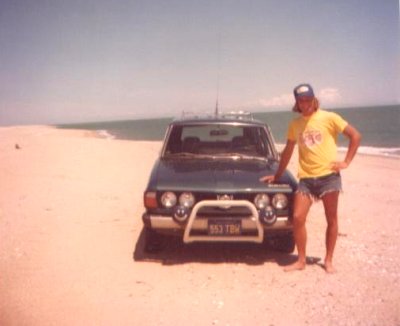Thanks all, .... I think



| Quote: |
 ---------being in 4 wheel drive on ice without studded
tires, or chains, can get you in trouble really fast as it often causes all 4 wheels to lose traction simultaneously---------zip, off the road you go.
---------being in 4 wheel drive on ice without studded
tires, or chains, can get you in trouble really fast as it often causes all 4 wheels to lose traction simultaneously---------zip, off the road you go.
| Quote: |

| Quote: |
| Quote: |

| Quote: |







| Quote: |

| Quote: |



| Quote: |


| Quote: |
| Quote: |



| Quote: |
| Quote: |

| Quote: |